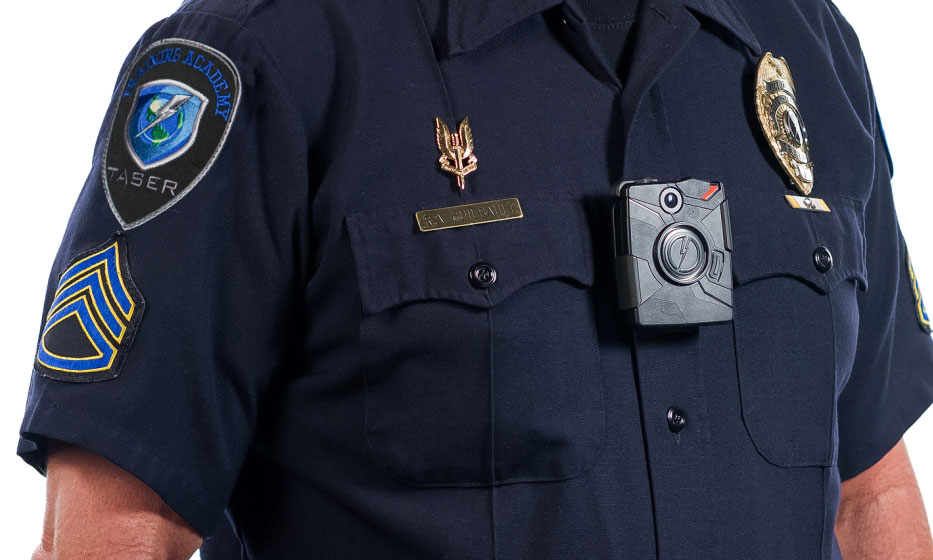
Police Group Offers Body-Worn Camera Policy Recommendations
President Obama last week committed federal funds to help equip more police officers with body-worn camera technology. With agencies still learning how to use the tool, a law enforcement research group is helping to shape policy recommendations.
Before there were protests in Ferguson, Missouri, over the shooting death of Michael Brown and the eventual non-indictment of the officer who shot him, a team of researchers at the Police Executive Research Forum (PERF) was in the process of analyzing an emerging technology that could have a profound impact on interactions between police agencies and the public. Body-worn cameras have since become a rallying point for reformers and recently received a major vote of confidence from the White House.
When officers began wearing cameras, the number of instances in which force was used and complaints of police misconduct dropped significantly.
Responding to calls from protesters last week, President Obama announced $263 million in federal funding to help police departments purchase body-worn cameras and improve training in how to use them. The program, which will pay half the cost of the equipment for agencies that request funding, could result in the deployment of 50,000 new body-worn cameras.
The move was welcomed by many, but PERF, a group that advises police agencies on best practices, has raised questions about implementing such a program. Its research, conducted at the behest of the Justice Department, resulted in a 92-page report [PDF] that addressed those concerns and offered 33 different policy recommendations.
Body-worn cameras can help to “de-escalate encounters between officers and members of the public,” PERF Executive Director Chuck Wexler said in a statement in September announcing the report. Researchers “found many reasons to believe that body cameras can benefit the field of policing, but we caution against rushing into a body camera program without thinking through all of the implications.”
The report lists recommendations for recording protocols, data storage, and access to videos—including when officers should be required to activate body-worn cameras, whether they should be required to inform subjects that they are being recorded, how long recordings should be retained, and how agencies should approach releasing video to the public and news media.
“Decisions about whether to release a particular video to the public can be complex, balancing the public’s interest in seeing a video against a crime victim’s privacy, for example,” said Wexler. “And the logistical issues are enormous. Video recordings consume large quantities of digital data. Even if you contract out the task of storing the data, you may need to hire people to respond to public requests for particular videos.”
In a survey of police departments, PERF found that 63 out of 254 responding agencies use the technology. Of those that did, nearly one-third had no written policies for use of the devices. Many police executives reported that they were hesitant to implement a written policy because of a lack of guidance on what it should include.
Are Body-Worn Cameras Effective?
In looking at real-world experience with body-worn cameras, PERF cited the Rialto, California, police department, which last year published the results of an internal study on the effectiveness of the technology. When officers began wearing cameras, the number of instances in which force was used and complaints of police misconduct dropped significantly.
But new questions were raised late last week about whether body cameras would change police behavior or lead to different legal outcomes after a grand jury declined to bring an indictment against NYPD Officer Daniel Pantaleo in the death of Eric Garner on July 17. Cellphone video captured Pantaleo using a chokehold banned by the department on Garner, who said repeatedly during the encounter that he couldn’t breathe. He died later the same day.
“Fundamental questions are being asked, and rightfully so, about how we respect peoples’ rights—how we reduce the use of force in the relationship between police and community, in each encounter between police and community,” New York Mayor Bill de Blasio said in a statement last week.
Taser's Axon body-worn camera, one of the many such devices currently on the market. (handout photo)






Comments